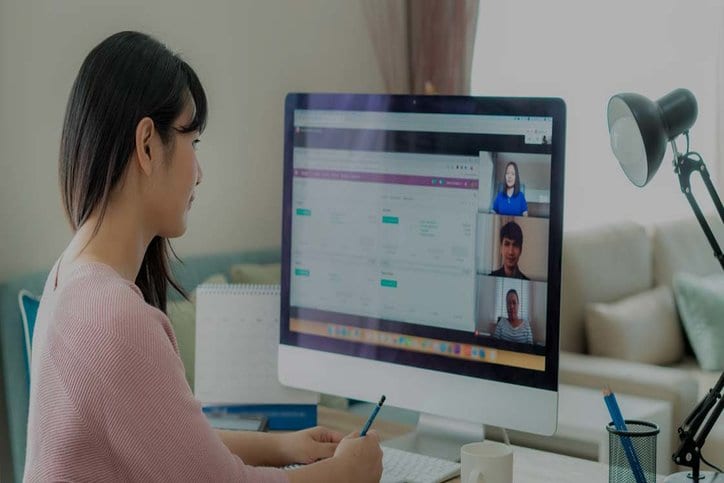Here are some of the security measures your organization should utilize while working remotely.
Employee Awareness
The first, and arguably most important factor when dealing with IT security is employee readiness. Most organizations have some kind of security awareness program in place, but the procedures may change when moving into remote work. With your remote workforce at home, you must expand your organization’s plan to consider additional threats.
Software Updates
Updating your software may seem like an annoyance, but it is crucial for maintaining security. Some devices contain automatic software updates, and some will require action from the user.
Many organizations have paid the price for failing to update their software. Updates have the ability to fix bugs, plugging vulnerable areas where security breaches could occur. When bugs are left unaddressed, hackers have the ability to design malware to get into an organization’s system.
Firewalls, Antivirus Software and Anti-Malware
Firewalls act as a line of defense to threats attempting to enter your system. They can prevent hacking and spam from entering and are able to prevent data leaking from your device. All VPN traffic should route through a secure firewall, and in an ideal world, employees would be able to connect to a firewall from their remote location as well. However, for the majority of employees that don’t have a home firewall, the network firewall should be highly secure to protect network activity.
Antivirus software is the second defense to your firewall; it will detect and block any noticeable malware. Although there are similarities to antivirus software, anti-malware has more advanced features and broader control. It protects against spyware, spam and other threats that get past the traditional antivirus software. Remote workers should be required to have up-to-date antivirus and anti-malware software on all devices that they will be working from.
Passwords and Two-factor Authentication
Passwords are used for almost everything when it comes to securing data. When choosing a password, it is important to choose something that is complex and difficult to guess. A strong password will incorporate:
• Numbers.
• Symbols.
• Lower and uppercase letters.
• Non-sequential numbers or letters.
• No personal information.
• Length – the longer the password, the more secure.
Two-factor authentication is also encouraged when working remotely. Two-factor authentication is an additional security layer for your business, helping address the vulnerabilities of a standard password-only approach.
Network Security
Public WiFi should be avoided when working remotely – it is easy for cyber-attackers to hack. Employees should use a secure private network with high bandwidth to help them stay productive and accessible.
Many companies set up VPNs to provide employees with secure remote access to the internal network and data. This tool encrypts transmitted data by providing a secure tunnel between an individual’s device and the service data center. VPNs should be encrypted, backed up with a firewall and monitored for security.
Enforcing Remote Security
At Custom Computer Specialists, we have created a simple-to-follow Remote Security Checklist that you can circulate to your team to inform them how to maintain security while working remotely.

